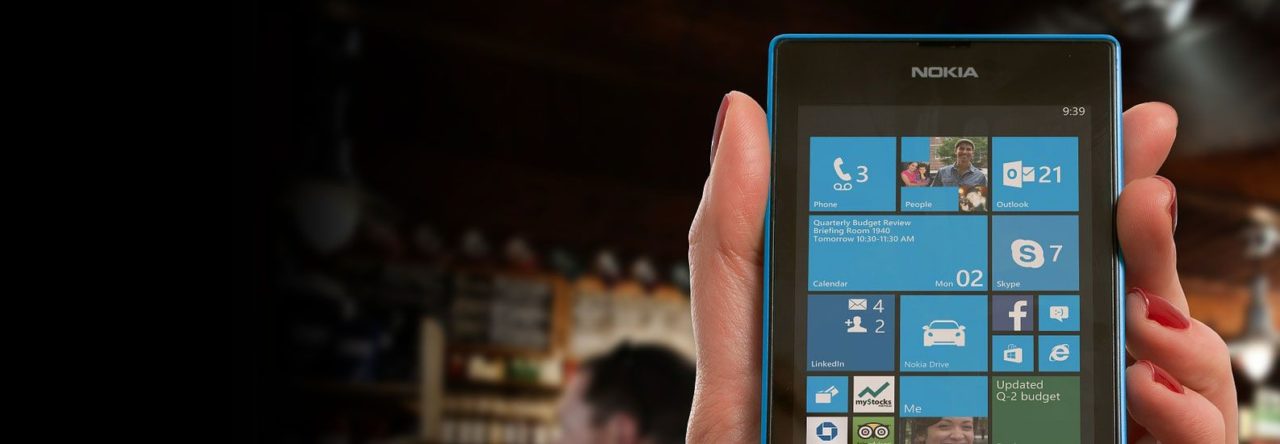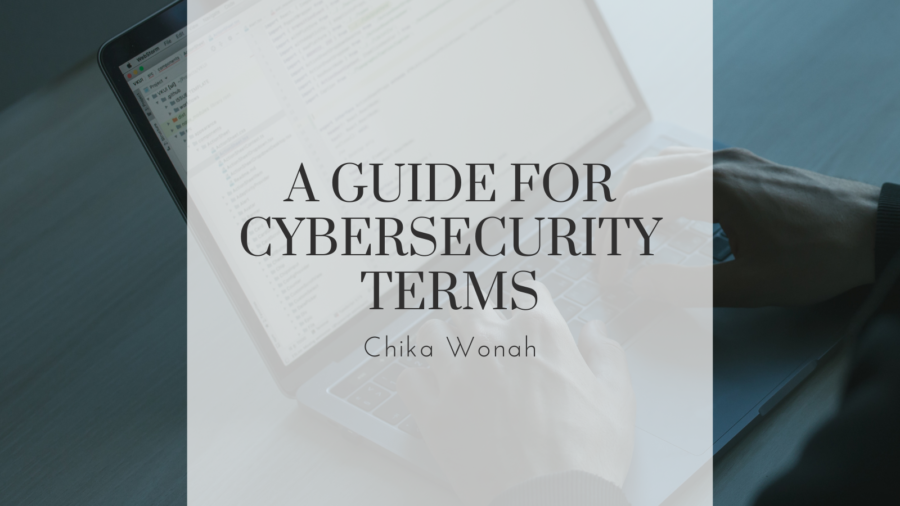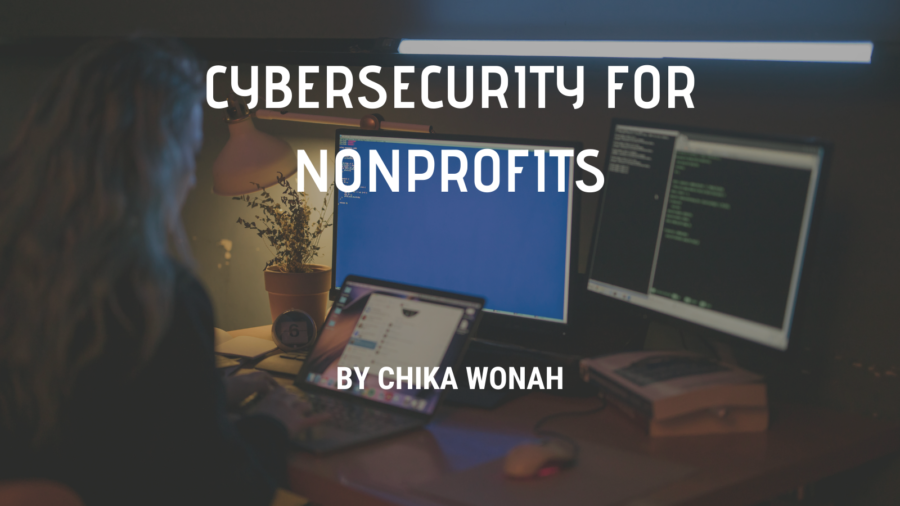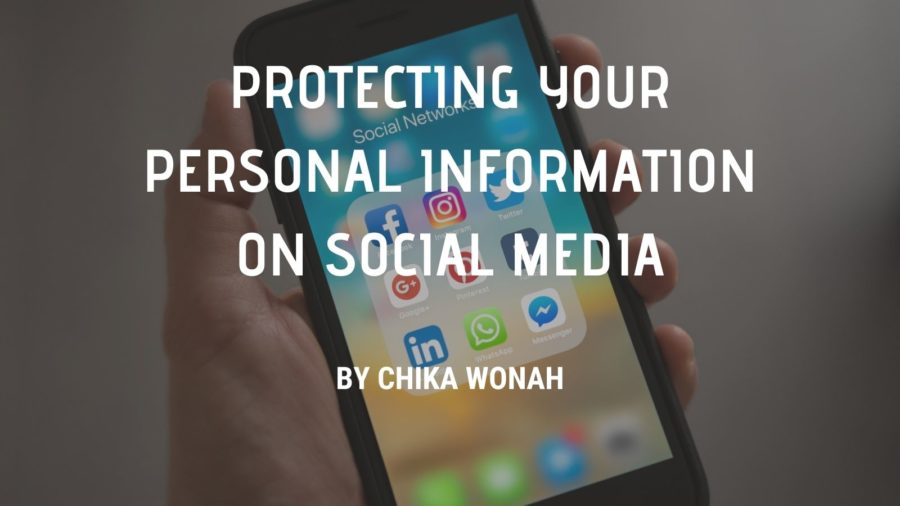In an era of increasing connectivity and technological advancements, upgrading your home security system is essential to protect your property, belongings, and loved ones from potential threats. Whether you’re looking to enhance surveillance capabilities, improve access control, or integrate smart home automation features, upgrading your home security system can provide peace of mind and added layers of protection. Here are some tips for upgrading your home security system effectively:
Assess Your Security Needs: Start by assessing your current security needs and identifying areas for improvement. Consider factors such as the size and layout of your home, existing security vulnerabilities, and your budgetary constraints. Are you primarily concerned about intruders, burglaries, or property damage? Do you want to monitor indoor and outdoor areas, control access to your home, or integrate smart home devices? Understanding your security needs will help you prioritize upgrades and investments in your home security system.
Upgrade to Smart Security Devices: Consider upgrading to smart security devices that offer advanced features and capabilities for monitoring, surveillance, and access control. Smart security, doorbells, and motion sensors allow you to monitor your home remotely, receive real-time alerts, and capture footage of suspicious activity. Smart locks, garage door openers, and alarm systems enable you to control access to your home and deter potential intruders. Choose smart security devices compatible with your existing home automation ecosystem and offer seamless integration with mobile apps and voice assistants for easy management and control.
Invest in Professional Monitoring Services: Upgrade your home security system with professional monitoring services to enhance round-the-clock protection and emergency response capabilities. Professional monitoring services provide peace of mind, knowing that trained professionals are monitoring your home for security breaches, fire, smoke, and other emergencies. In the event of an alarm trigger, professional monitoring teams can dispatch emergency responders and notify you and your designated contacts promptly, minimizing response times and mitigating potential risks.
Integrate Home Automation Features: Integrate home automation features into your home security system to enhance convenience, efficiency, and energy savings. Smart home automation platforms allow you to remotely control lighting, thermostats, door locks, and other devices via mobile apps or voice commands. By automating routine tasks and adjusting settings based on occupancy or activity patterns, you can improve energy efficiency, optimize comfort, and enhance the overall security of your home.
Upgrade to High-Resolution Cameras and Video Storage: Upgrade your security cameras to high-resolution models with advanced features such as night vision, wide-angle lenses, and two-way audio. High-resolution cameras provide more precise and detailed footage, making identifying intruders or suspicious activity easier. Invest in sufficient video storage capacity through cloud-based storage services or local DVR/NVR systems to store and access footage for extended periods, ensuring comprehensive surveillance coverage and evidential documentation.










